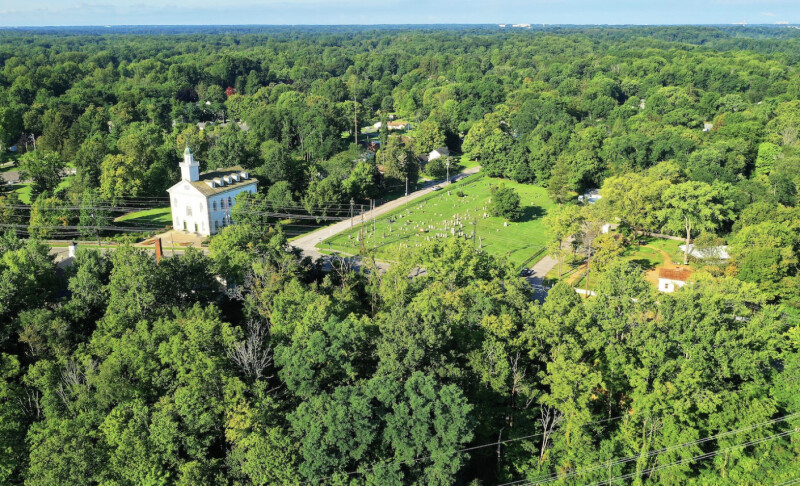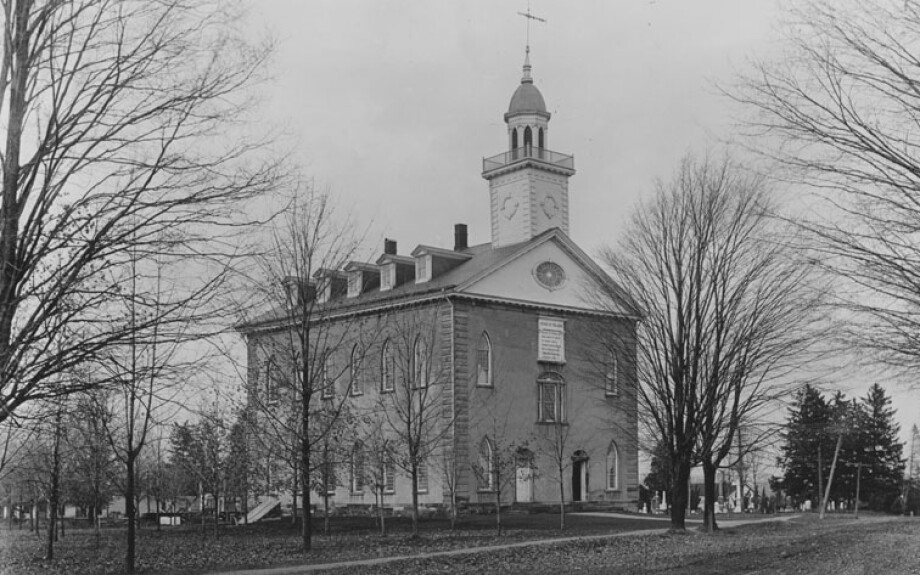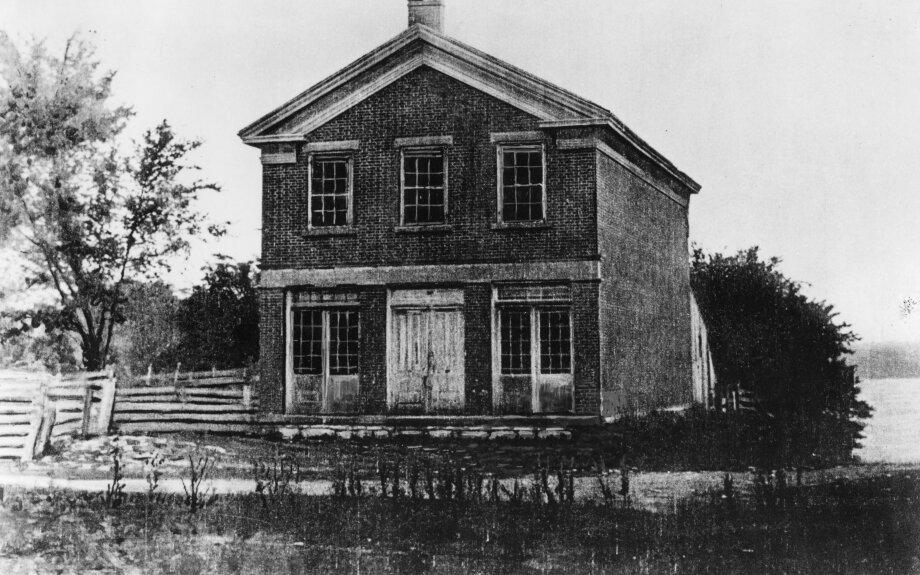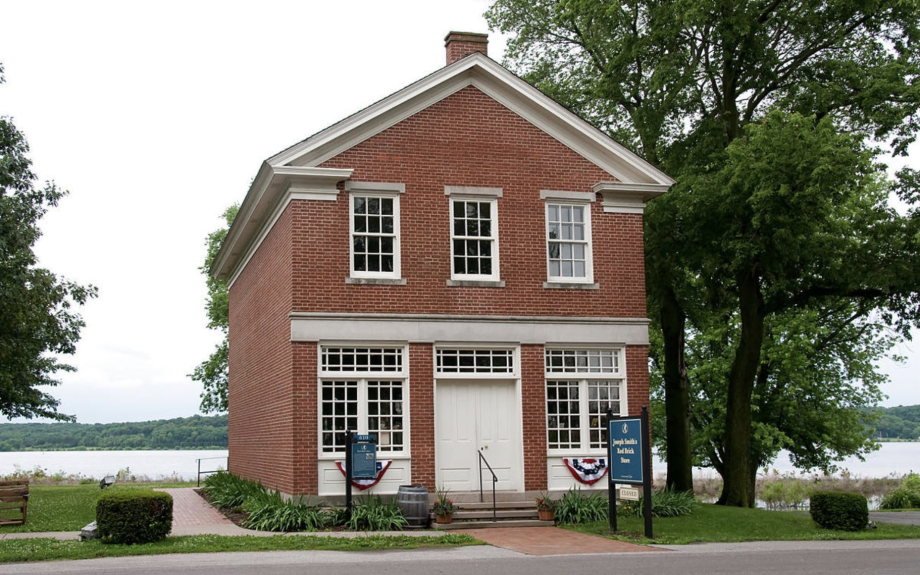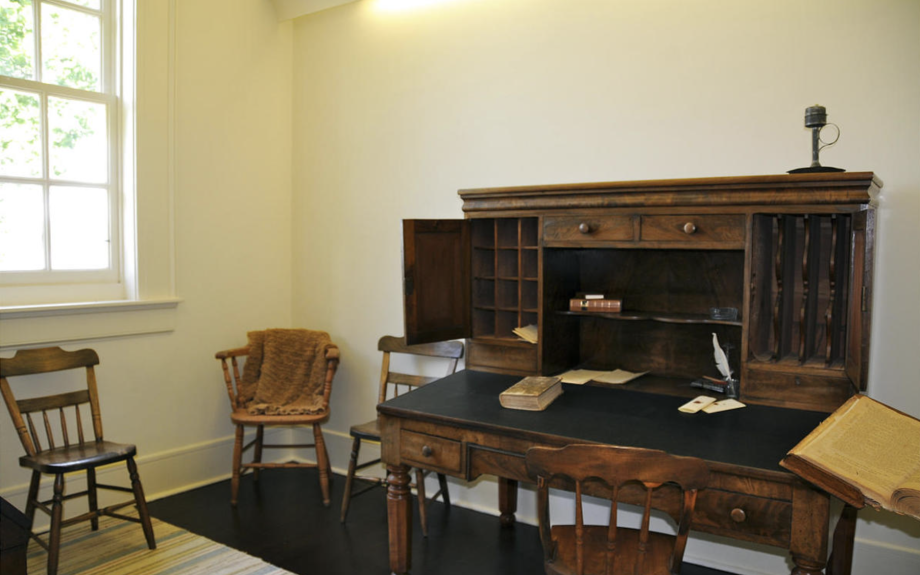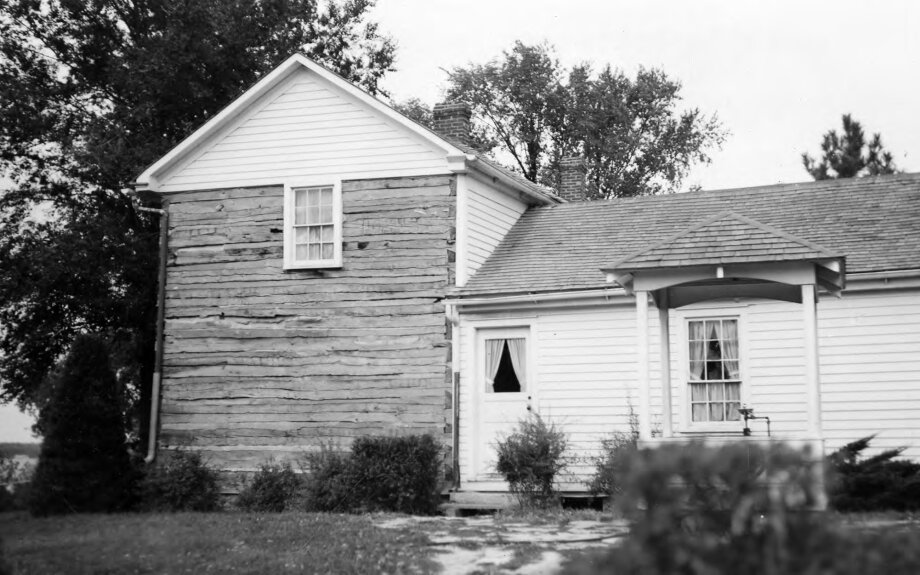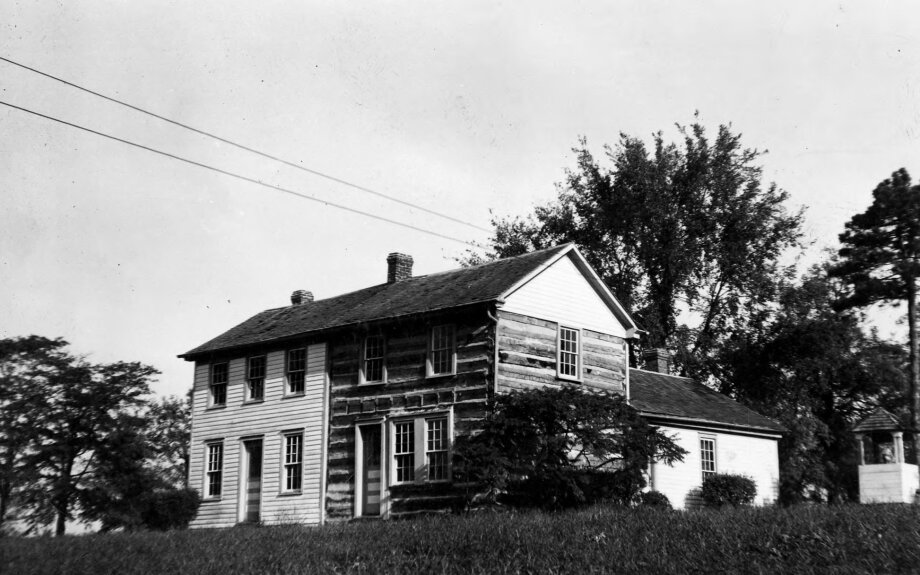When I was in high school, my family took a memorable trip to Nauvoo, Illinois, and Kirtland, Ohio. I loved soaking in all the knowledge I could as we visited historic Church sites like the Red Brick Store, Smith Family Cemetery, and Nauvoo Temple.
Several years later, we made another trip east and visited the Kirtland Temple as part of the trip. A kind Community of Christ guide led the tour, teaching us about the temple’s history and architecture. When we reached the assembly room on the bottom floor, the guide gave us time to sit and ponder.
I was surprised at the wonderful spirit that filled the room as my family and I reflected on the miracles that had taken place there, including the appearance of the Savior. There was no doubt in my mind about the sacred nature of what happened there.
After the recent joint announcement between the Community of Christ and The Church of Jesus Christ of Latter-day Saints about the transfer of some significant Ohio and Illinois historic sites, I saw reactions ranging from surprise to excitement. The Kirtland Temple played such a clear role in Church history that it is easy to understand the enthusiasm surrounding it, but you might have missed the many other important sites and artifacts that were also part of this landmark transaction.
No matter your level of Church history expertise, here’s what to know about many of these exciting acquisitions.
Kirtland Temple
The Kirtland Temple was the first of its kind in the latter days. It was built through the dedicated work and sacrifice of many Church members over three years. While it didn’t function like our temples do today with ordinance rooms and special recommends, some of the most important revelations and meetings in the early Church took place here.
A year after the dedication, a group of dissenters tried to take over the building, and shortly after that, an arsonist set fire to the structure. After the majority of the Saints left for Far West, those who remained continued to worship and meet in the temple. But after Joseph Smith’s death, most of those remaining members joined the Reorganized Church of Jesus Christ of Latter-day Saints (RLDS) led by Joseph Smith III, which ultimately led to the Community of Christ’s ownership of the building.
Significant events that happened here:
- During the dedication, people reported seeing and hearing angels, having visions, and speaking in tongues.
- A week after the temple’s dedication, Jesus Christ appeared to Joseph Smith and Oliver Cowdery in the temple and accepted the house.
- Additional visions of ancient prophets were also received here, including the restoration of the keys of the priesthood from the prophets Moses, Elias, and Elijah.
- The School of the Prophets was held in the second-floor assembly room.
- The revelatory vision about the celestial kingdom (see Doctrine and Covenants 137) was received here.
- “The Spirit of God” was written specifically for the Kirtland Temple dedication.
Other relevant temple items that were also part of this historic transaction include a writing desk belonging to Joseph Smith, an original oval window frame, the front door keystone and frame, a stone arch, windows, and pieces of the original stucco and sandstone.
▶You may also like: Will the Kirtland Temple become a dedicated Latter-day Saint temple?
Red Brick Store
Joseph Smith established the Red Brick Store. It opened for business on January 5, 1842, and housed many Church meetings on its upper floors in addition to functioning as a general store. It is important to note that the original store deteriorated to the point of needing to be torn down in 1890.
The Red Brick Store that was recently acquired by The Church of Jesus Christ of Latter-day Saints was reconstructed by the Community of Christ and dedicated in 1980.
Significant events that happened here:
- The Relief Society was formally organized.
- The first endowment ceremonies were performed in its upper rooms.
- Plans were made and funds were collected for the Nauvoo Temple.
- Joseph Smith completed his translations of the Book of Abraham.
- The Council of the Fifty was organized.
- The state political convention that nominated Joseph Smith as a candidate for United States President was also held here.
Homestead and Summer Kitchen
The log cabin-type building known as the “Summer Kitchen” was Joseph and Emma’s first residence in Nauvoo. They lived there until their nearby Homestead residence was constructed and later settled in the Mansion House. The Homestead building is still the original, while the Summer Kitchen was reconstructed on its original foundation.
Other items included in the acquisition from these buildings were a walking stick belonging to Emma Smith, a sampler, a bowl, and a washstand with ties to Hawn’s Mill.
Mansion House

Built in 1843, the Mansion House was Joseph and Emma Smith’s second home in Nauvoo after the Homestead. Items that were also acquired include a desk belonging to Joseph Smith, a trunk belonging to Emma Smith, a rocking chair belonging to Joseph’s mother, Lucy Mack Smith (who lived there for a time with her son and daughter-in-law), and other Smith family chairs.
Significant events that happened in the Mansion House:
- It was used for some temple ordinances before the Nauvoo Temple was finished.
- Joseph and Hyrum’s viewings were held there after their deaths. It is also where their death masks were made.
The Smith Family Cemetery, which is adjacent to the Mansion House and contains the grave sites of Joseph and Emma Smith, Hyrum Smith, Joseph Smith Sr., and Lucy Mack Smith, among others, was not included in the recent acquisition.
Nauvoo House
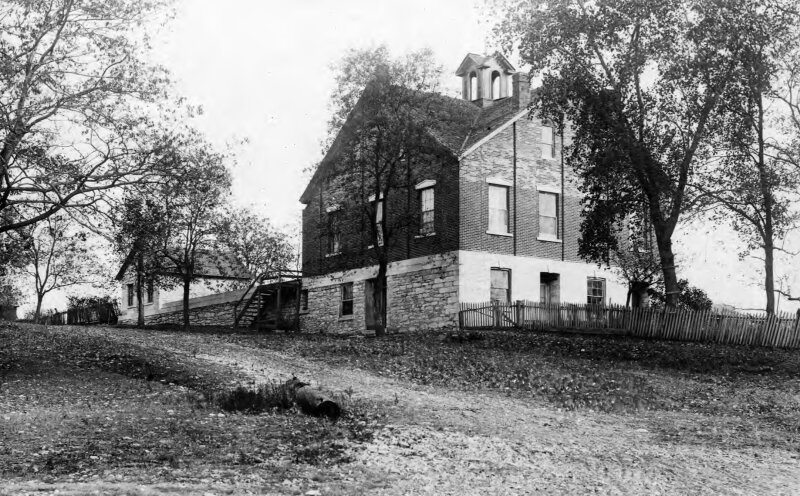
Construction began on this boarding house following a revelation received by Joseph Smith. After Joseph’s death, Emma Smith inherited the title for the building, and she and her new husband, Lewis Bidamon, turned the unfinished portion into the Riverside Mansion, where they lived until their deaths.
Significant events connected to the Nauvoo House:
- The original manuscript for the Book of Mormon was held in the cornerstone of the Nauvoo House. This cornerstone was part of the recent acquisition, though Lewis Bidamon removed surviving fragments of the manuscript and many have already been in the Church’s possession for years.
- Joseph and Hyrum Smith’s bodies were secretly buried in the cellar of the uncompleted Nauvoo House after their martyrdom until it was safe to move them to their final resting place near the Mansion House.
Manuscripts for the Joseph Smith Translation of the Bible
In the summer of 1830, Joseph Smith began a three-year effort to prepare an inspired revision of the Bible. The finished manuscripts were given to Joseph Smith III by his mother after Joseph Smith’s death and were published by the RLDS Church (now the Community of Christ) as The Holy Scriptures, Translated and Corrected by the Spirit of Revelation.
The Church of Jesus Christ of Latter-day Saints had a handwritten copy of some of these manuscripts, but it wasn’t until 1979 that the Church was permitted to publish excerpts as footnotes and endnotes in our scriptures. The Bible that Joseph Smith notated during this translation was also included in the recent acquisition.
Significant events that came from this translation:
- More than half of the revelations in Doctrine and Covenants were received as Joseph Smith asked questions and worked on this translation, including section 76, which details the degrees of glory.
- Portions of the Pearl of Great Price were also the result of revelation during this translation process.
First Hotel
This building was one of the earliest hotels in Nauvoo. It was owned and run by Latter-day Saint Alexander Mills and went by several names, including City Hall Hotel and Masonic Hall Hotel. The current structure included in the acquisition is just one wing of the original hotel.
Times and Seasons Newspaper Office Site
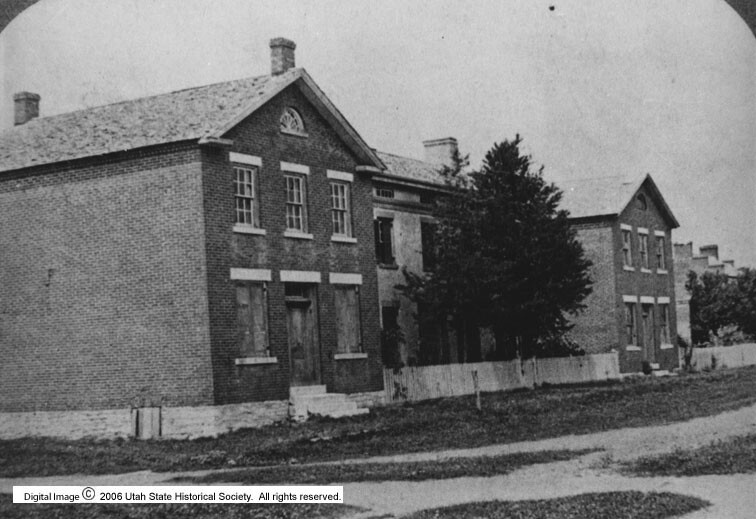
The Times and Seasons started as a monthly publication but quickly moved to a twice-monthly format. It shared news, doctrine, poetry, and other valuable insights into life for the Saints in Nauvoo from 1839 to 1846.
Several homes or properties belonging to early Latter-day Saints in Nauvoo were also part of the acquisition. Here are a few you may recognize.
Sidney and Phebe Rigdon Home
Sidney Rigdon was a Campbellite minister before becoming one of the early converts to the Church who later served as a scribe for Joseph Smith and as a member of the First Presidency. His Nauvoo home was located just around the corner from the Mansion House. While the original home has had several additions, it still stands and is currently a private residence.
Orrin Porter Rockwell Home Site
The historic marker on the Orrin Porter Rockwell property reads:
“One of the colorful figures of the Mormon pioneer era. . . . Self appointed body guard for Joseph Smith. Served for years as sheriff & marshal in Salt Lake County . . . He risked his life many times in defense of the Church leaders. He joined the Church in 1830, the same year it was organized.”
With a rough-and-tumble personality and reputation as a gunslinger, Rockwell was notably accused of an attempted assassination on Governor Lilburn W. Boggs (who signed the extermination order against Latter-day Saints) but was later acquitted due to insufficient evidence.
Levi and Clarissa Hancock Home Site
Only the foundation of the Hancock home remains. Levi Hancock was one of the Presidents of the First Council of Seventy and a member of both Zion’s Camp and the Mormon Battalion. He helped build the Kirtland Temple and is mentioned by name in several sections of the Doctrine and Covenants. He later helped settle the city of Manti and was a patriarch during the final years of his life.
Hiram Clark Home
A convert baptized in 1835, Hiram Clark was a member of the Seventy and the first lieutenant in the Nauvoo Legion. He served several missions and was the first president of the Hawaiian mission in 1850 after moving west with the Saints.
Aaron and Polly Johnson Home
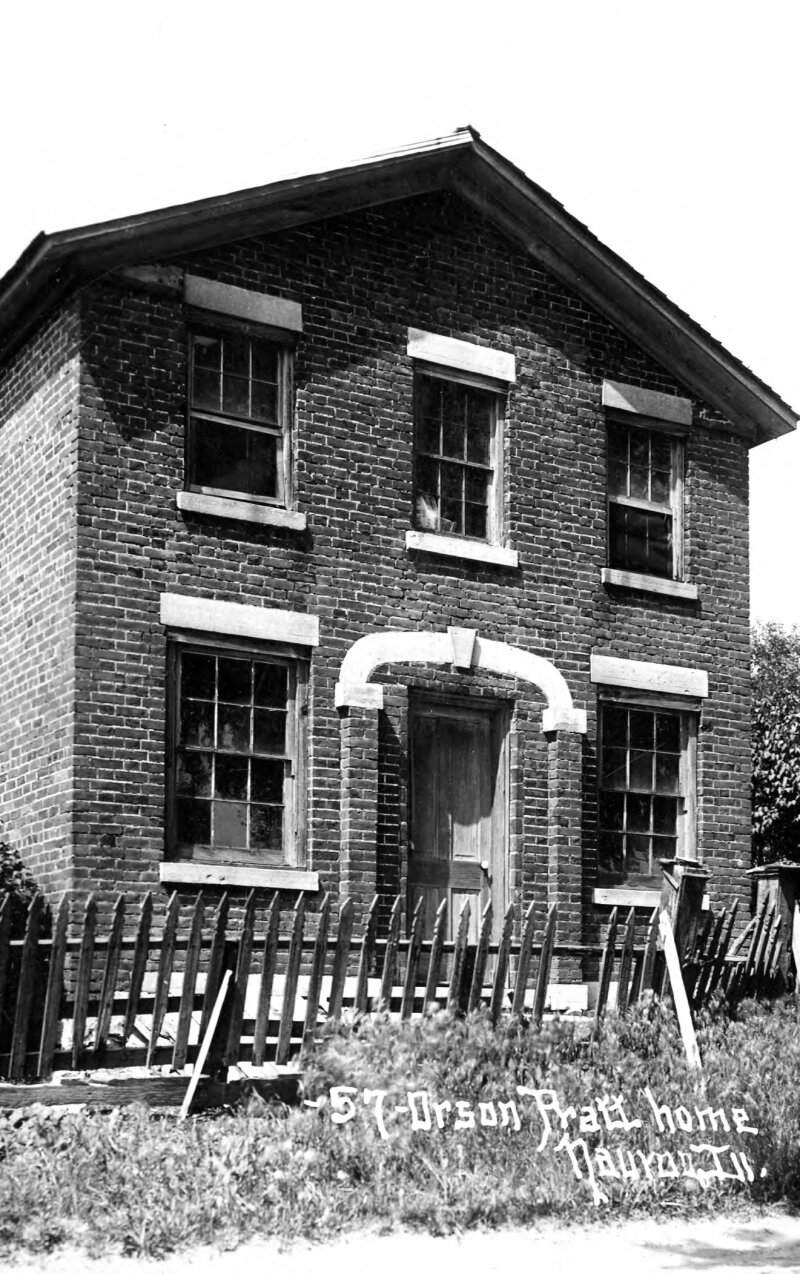
Aaron Johnson was a faithful Latter-day Saint who worked on the Nauvoo Temple and served as a justice of the peace, a missionary, and a high council member.
One significant event tied to this site is that Joseph Smith and others left Aaron Johnson’s home near the Mississippi River in Aaron Johnson’s borrowed boat to row across the river at night and go into hiding shortly before they died. They returned a few days later following stinging accusations from members, only to make the journey to Carthage, where they were killed.
Samuel and Levira Smith Home
Samuel was the brother of the Prophet Joseph Smith and a faithful and active member of the Church his entire life. He was one of the first six members of the Church and a captain in the Nauvoo Legion, and he received his temple ordinances in the Red Brick Store.
Outrunning a mob, Samuel was the first to arrive at Carthage Jail after his brothers’ martyrdom and helped Willard Richards remove their bodies and the wounded John Taylor from the jail. He then drove the wagon carrying his brother Joseph’s body back to Nauvoo. Thirty-four days after the deaths of his brothers, Samuel died of what was believed to be bilious fever.
Theodore and Frances Turley Former Home Site
Though a home no longer exists on this site, it was the location of the first home in Nauvoo that a Latter-day Saint built. Other buildings were already there when the Saints arrived, but the Turley home was the first to be built by the newly arrived members of the Church.
Theodore Turley was a member of the Far West High Council, an ordained Seventy, and a member of the Nauvoo Legion. He served several missions and was the president of the San Bernardino High Council in California before returning to Utah, where he lived the remainder of his life.
Joseph Smith Sr. and Lucy Mack Smith Former Home Site
Uncovered in 2014, the remnants of Joseph Smith’s parents’ home in Nauvoo were part of the Church’s recent acquisition. Joseph Smith Sr., who was the Church patriarch, gave patriarchal blessings to his children in the home that stood there. Their home was near the Mansion House, and Joseph Sr. and his wife, Lucy, were both buried in the nearby Smith Family Cemetery.
Learn more about many of these places and people by reading or listening to Saints Vol. 1: The Standard of Truth.
Sources
Kirtland Temple
https://www.kirtlandtemple.org/history
https://www.churchofjesuschrist.org/study/history/topics/kirtland-temple?lang=eng
Red Brick Store
https://www.deseret.com/2012/3/28/20402949/picturing-history-red-brick-store/
https://www.josephsmithpapers.org/place/store-jss-store-nauvoo-illinois
https://ensignpeakfoundation.org/red-brick-store/
https://www.redbrickstore.com/history
Homestead and Summer Kitchen
https://byustudies.byu.edu/article/the-development-of-the-joseph-smith-historic-center/
Mansion House
https://ensignpeakfoundation.org/mansion-house/
https://www.churchofjesuschrist.org/study/scriptures/history-photos/photo-13?lang=eng
Nauvoo House
https://ensignpeakfoundation.org/nauvoo-house/
Bible Manuscript
https://www.churchofjesuschrist.org/study/history/topics/joseph-smith-translation-of-the-bible?lang=eng
First Hotel
https://contentdm.lib.byu.edu/digital/collection/RelEd/id/4246
https://www.waymarking.com/waymarks/WMFAN4_First_Hotel_Nauvoo_Illinois
https://www.josephsmithpapers.org/place/masonic-hall-nauvoo-illinois
Times and Seasons Office Site
http://www.nauvootimes.com/cgi-bin/nauvoo_column.pl?number=101254&author=james-b-allen
Sidney Rigdon Home
https://www.deseret.com/2015/7/29/20569133/picturing-history-sidney-rigdon-s-nauvoo-home/
https://contentdm.lib.byu.edu/digital/collection/RelEd/id/993
Orrin Porter Rockwell
https://contentdm.lib.byu.edu/digital/collection/RelEd/id/4158/
Levi Hancock Home Site
https://wchsutah.org/people/levi-ward-hancock2.pdf
http://www.hancocklegacy.org/places.htm
https://www.josephsmithpapers.org/person/levi-ward-hancock
Hiram Clark Home
https://brighamyoungcenter.org/s/byp/page/hiram-clark
Aaron and Polly Johnson Home
https://www.deseret.com/2017/9/6/20618879/picturing-history-aaron-and-polly-johnson-home-nauvoo-illinois/
Samuel and Levira Smith Home
https://www.churchofjesuschrist.org/study/ensign/2008/08/samuel-h-smith-faithful-brother-of-joseph-and-hyrum?lang=eng
Theodore and Frances Turley Former Home Site
https://www.josephsmithpapers.org/person/theodore-turley
https://theodoreturleyfamily.org/biography/11-the-first-house-built-by-a-saint-in-nauvoo/
Joseph Smith Sr. and Lucy Mack Smith Former Home Site
https://www.deseret.com/2014/6/16/20543336/archaeologists-may-have-found-site-of-illinois-home-belonging-to-joseph-smith-sr/

